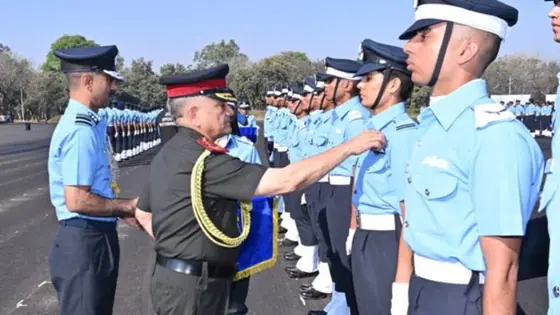Indian Defence News
Tata Advanced Systems, Lockheed Martin Break Ground on New C-130J MRO Facility in IndiaHow 125 New BRO Projects, Led By Shyok Tunnel, Will Supercharge Op Sindoor-Style MissionsIndian Army Unveils Advanced “SapperScout RP 2.0” Multi-Utility Unmanned Ground VehicleAsim Munir Becomes Pakistan’s CDF – Is India Facing a Nuclear Threat? Experts Decode
More Stories
Top Stories
Defence News
Indian Defence News: Stay updated with the latest Indian defence news, policies, and border security updates. Get insights on military technology, defence developments, and strategic affairs shaping India’s national security. Follow the newest defence deals, indigenous weapons projects, and Make in India initiatives that are strengthening the Indian Armed Forces and boosting the country’s defence power.
